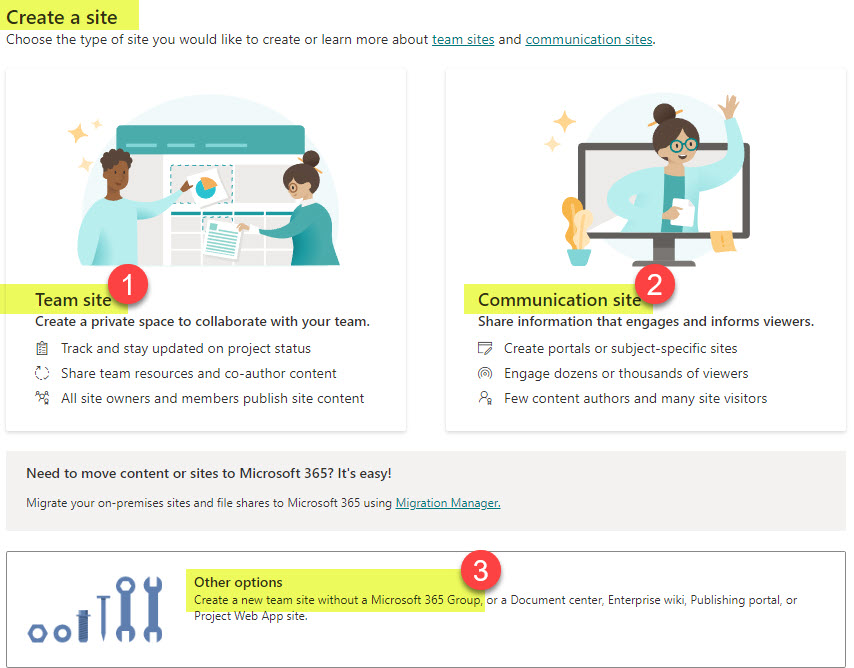The harsh reality about the SharePoint Migration Projects
Having consulted hundreds of organizations over the last 10+ years on their migration journey to SharePoint and Microsoft 365, I have accumulated extensive experience with companies’ struggles, obstacles, and nuances when they transition to SharePoint. As such, I decided to share my experience in this article. Specifically, the pain points often associated with SharePoint Migration Projects.
SharePoint Migration project IS NOT a Migration project
Many organizations will realize quickly that the SharePoint Migration Project is not about migration. Content migration is just a step or line item in the project schedule. Before that actual step can occur, many other steps need and must occur, such as cleanup of existing data, deletion of duplicates, breaking data into various content buckets by security and audience, and so on. Not to mention Governance and Training. I documented many of the steps in this SharePoint Migration Checklist.
Proper Information Architecture is Mandatory
One thing that is often ignored when migrating to SharePoint is developing proper Information Architecture. Too often, I see companies create one SharePoint Site, one library, and migrate hundreds of thousands and sometimes even millions of documents into this library, pretty much replicating the experience on a file share/network drive. Of course, this library quickly becomes unusable and runs into all the available technical limitations of SharePoint. In SharePoint, we think in terms of sites, not folders!

The Phased Implementation approach is key
Another issue I often find with organizations migrating to SharePoint is that they are trying to implement and roll out everything at once. SharePoint and other Microsoft 365 applications can be overwhelming. There is no need to rush things. I often advise my clients to take it easy on themselves and the employees and implement things in phases. For example, you can start rolling out some basic SharePoint Sites for document storage. Then, possibly introduce Teams. Next, you might want to implement a SharePoint Intranet. And so on. Each of these phases will have unique requirements and possibly unique audiences, so it is important to separate those.
SharePoint Training shall not be ignored
And this is by far my “favorite” part. Many organizations ignore proper SharePoint Training, making the assumption that SharePoint is just like a file share. Surprise, surprise, it is not! While many users these days are already familiar with and have experience with other cloud applications like Dropbox and Google Drive, SharePoint is very different from those. In SharePoint, we have more than just a place to store files and folders. In SharePoint, we have a concept of sites, document libraries, web parts, and pages. And for users to successfully use file-sharing capabilities, they need to understand the bigger picture. On top of that, we have several key limitations as well that will force users to do and organize things a certain way.



